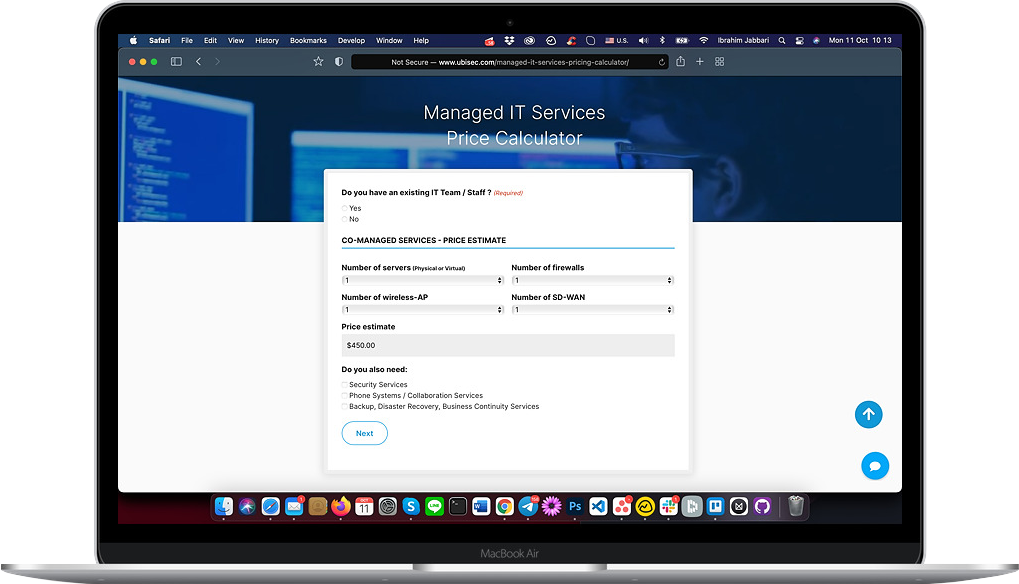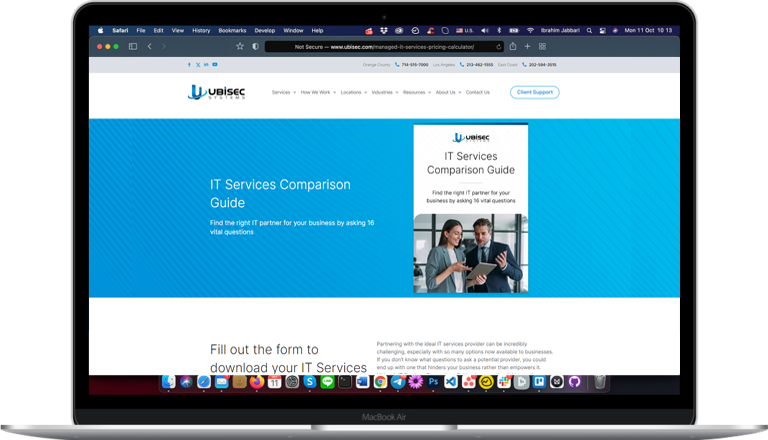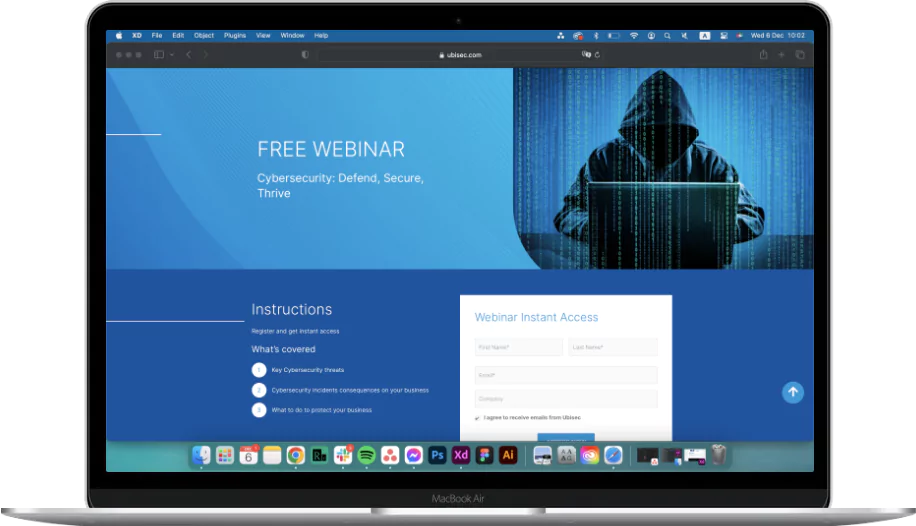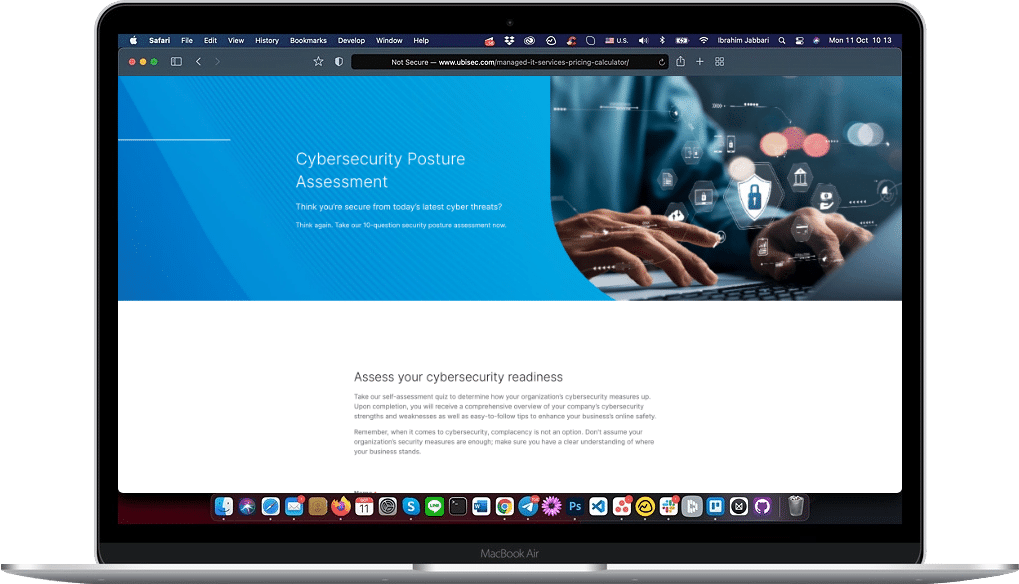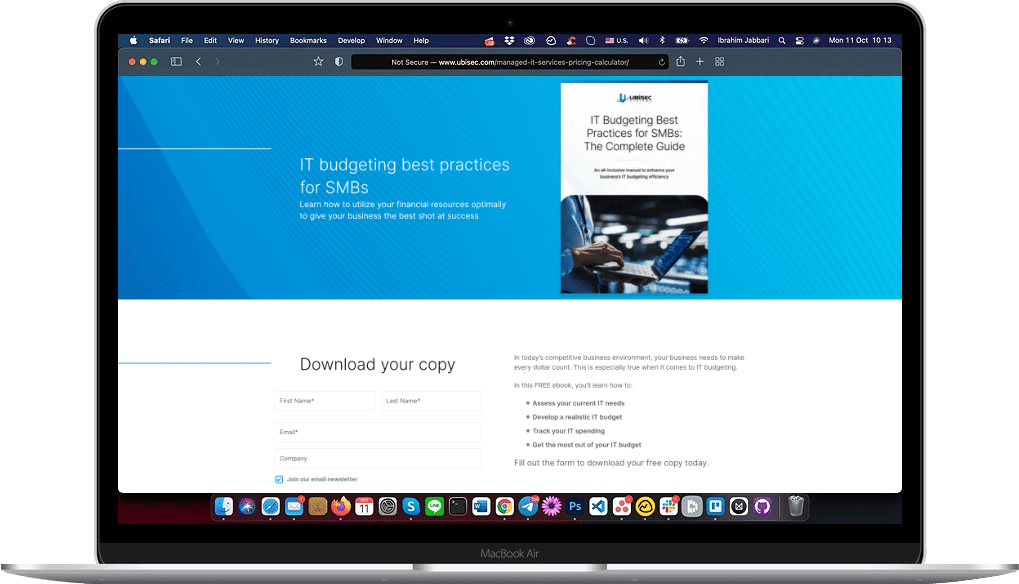Several changes have been happening within the work landscape due to the pandemic, including the shift to work-from-home (WFH) and hybrid cloud ecosystems. The sprawl in employees and environments has made the administration of IT communications, security, and infrastructure difficult for businesses. These challenges demand tools that can ease the management of such requirements, and virtual desktop infrastructure has proven a valuable tool.
Virtual desktop infrastructure (VDI) is a technology that allows employees to access enterprise IT systems and applications from any remote device, including home PCs and personal smartphones, eliminating the need for companies to provide employees with a physical machine. VDI does this by hosting desktop environments on centralized servers in data centers and deploying them to end users on request.
The COVID-19 situation forced many businesses to reconsider their work environment, enabling flexibility to work from anywhere and on any device, thus increasing the market demand for virtual desktop infrastructure. According to research, the market size of VDI is expected to reach US$12.971 billion by 2027, up from US$ 4.49 billion in 2019.
Furthermore, the need to set up economical and secure remote working spaces due to the pandemic has influenced the triple growth of Desktop-as-a-Service (DaaS) solutions. The number of DaaS users is projected to grow over 150% between 2020 and 2023, enabling the increase in the usage of VDI. The increased demand for VDI is due to the large number of benefits it can bring to the business. In this article, we will discuss the top benefits of implementing a virtual desktop infrastructure.
The Top 8 Business Benefits of Implementing a Virtual Desktop Infrastructure
The benefits of implementing a virtual desktop infrastructure are immense. From being manageable to being cost-effective and secure, VDI is popular for many reasons and can benefit businesses in different ways. Some of the virtual desktop infrastructure benefits include:
1. Rapid Deployment
One of the many benefits of implementing a virtual desktop infrastructure is its rapid deployment and opportunity for immediate expansion. Testing and deployment of VDI can be done in a short time frame, and it’s easier to virtualize and integrate applications and systems into virtual desktop infrastructure.
2. Reduced Cost
The use of centralized servers and virtual machines helps lower administration costs by reducing power consumption and data management investments. Moreover, VDI reduces the cost of providing devices to every employee in the organization by promoting the bring your own device (BYOD) culture. While there may be power consumption due to the server, there are ways to reduce it to the lowest level possible by hosting virtual desktops on the cloud.
3. Better Outsourcing
VDI helps remove geographical barriers by enabling businesses to hire remote workers. Those remote workers can have access to a business’s virtual desktop with any device without creating security loopholes, allowing companies to detect the access level each person has to their VDI platform. Better outsourcing of work leads to better cost-benefit ratios by eliminating the need to onboard new employees.
4. Enhanced Security and Compliance
With desktop virtualization, data is centralized on a physical server. This means corporate data doesn’t depend on endpoint devices. Protecting data in a centralized server is easier than protecting it across employees’ devices. VDI enhances security and compliance due to the presence of data in a central system and centralized architecture helps with easier system administration
5. Improved Workforce Productivity
One overarching benefit of implementing a virtual desktop infrastructure is the enhanced employee productivity by enabling remote access to desktops, less downtime because of IT maintenance, increased security, and more. The comfort of working from anywhere and the easier transition between multiple devices helps employees become more focused and flexible, leading to agile, lean, and efficient business operations. Better interoperability also reduces training costs.
6. Enhanced Employee Experience
In this era of hybrid and remote working, the freedom to work from anywhere provides a better experience for employees. Regardless of hardware devices, front-end virtualization looks like a traditional desktop experience, enabling users to enjoy the same desktop anywhere. VDI allows companies to grant access permissions with different levels of security, providing users with instant access to corporate assets without needing additional requests and subsequently enhancing the employee experience.
7. Business Continuity Planning
8. Carbon Footprint Mitigation
Desktops contribute increasingly to carbon emissions due to inefficient power consumption and heat generation. Using VDI reduces the number of physical servers running in data centers, thus minimizing a company’s carbon footprint compared to its alternatives (normal PCs on desks). Carbon footprint mitigation reduces power consumption, facilitating the environment and providing cost benefits to companies.
What to Consider Before Rolling Out VDI
While VDI has its fair share of advantages, there are a few things to keep in mind before its implementation. Once you have decided on VDI implementation, determine your approach for deployment. A few things to consider before rolling out VDI are:
- Determine the user experience that the virtual desktop infrastructure will enhance and your desired outcome related to the end-user experience.
- Will the organization be able to support the infrastructure? If yes, how will your company support it? If not, what is required to support the infrastructure?
- Is there a chance for cost savings? Identify the best approach to save on deployment costs while maintaining quality.
- How long will it take to deploy? Determine the time frame required for deployment and the time employees will take to adopt the change.
- What is the ROI of implementing the new infrastructure? Determine what ROI will the infrastructure provide and whether it will deliver the expected outcomes.
UBISEC Systems — Power Your Digital Workforce with VDI
Providing a dynamic work environment should be fundamental to your IT strategy. Solutions for remote work can be delivered in various ways, from privately hosted virtual desktop infrastructure to a fully cloud-based Desktop-as-a-Service. It’s the right time for your organization to assess the role of VDI technology, empowering and enabling end users to become a virtual workforce.
Get in touch today and find out how UBISEC Systems can help you take advantage of the latest trends in virtual desktop infrastructure and empower your remote workplace transformation.
Interested to know the average cost of co-managed or fully managed IT services? Try out our MSP price calculator and get an estimate.

